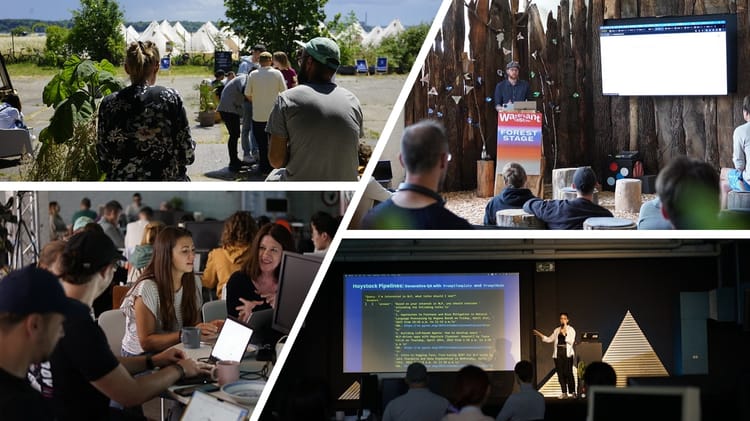Coding.Waterkant 22: Support the Clearance of Munitions from the Sea

Sign up for the Coding.Waterkant 22, our all new AI incubator week taking place from June 7 to 10 in Kiel, and help free our seas from World War II munitions that was dumped en masse after the war. Together with Simon Van der Wulp and Juan Veliz from north.io you can work on the automatically identifying geo-location data in historical documents that describe where the munitions were dumped.
to get more details on the event, other participating projects, and to register for the event.
Project Description
German (and international) coastal waters are scattered with munition, from the two world wars. To deal with these munitions and prevent toxic chemical from entering the water marine ecosystem, we need to find, identify and remediate.The first step deals with the past, mining information available from historical documents to learn where, what and how many munitions could be found, to make the search as effective as possible. This included documents describing munition dumping, sea-battles or mine laying activities that occurred during and in post-war periods.Using scans of historical text documents, we want to retrieve the positions of ships loaded with munitions that were dumped after World War II. Currently a Neural Net is, in a first step, used to improve the image quality for the OCR scans and, in a second step, a further net is used to identify and extract relevant text information.
Dataset
We have a training data set consisting of ~1100 scans; it includes the original scans, a corresponding set of scans with manually improved image quality and a corresponding set of labelled text element for each scan.
How you can contribute
We are looking forward to participants who want to support us in improving our models and applying new models that have been published in recent times.






Member discussion